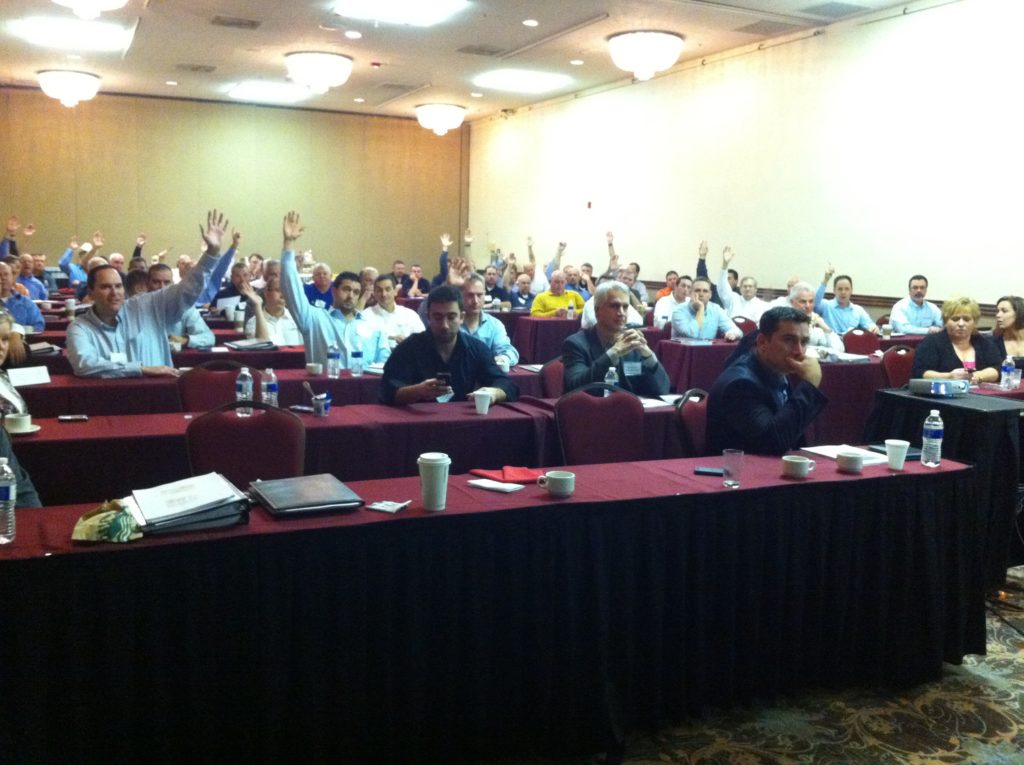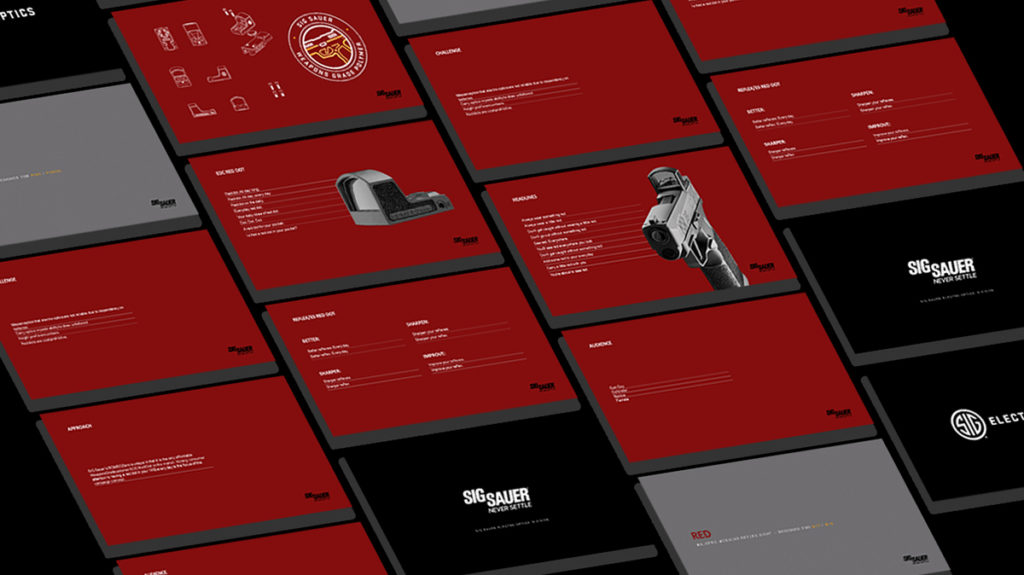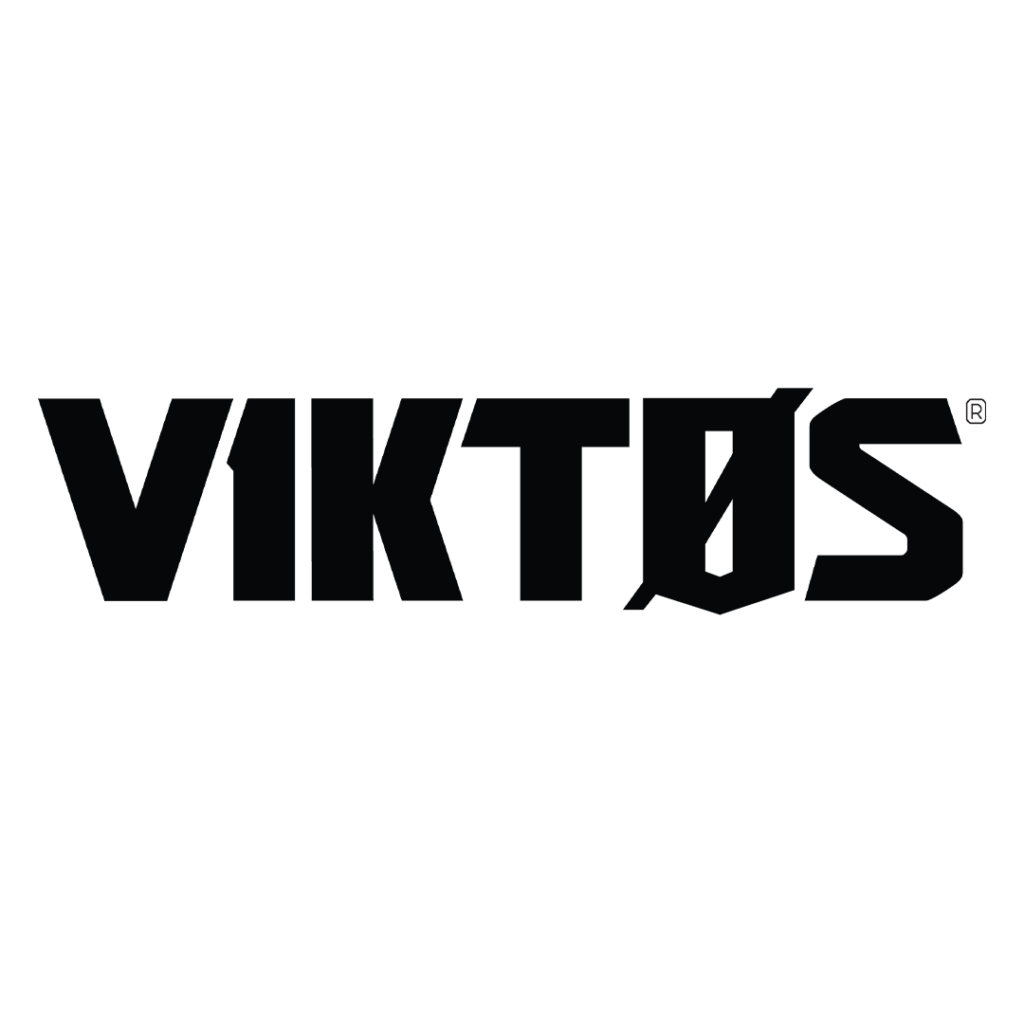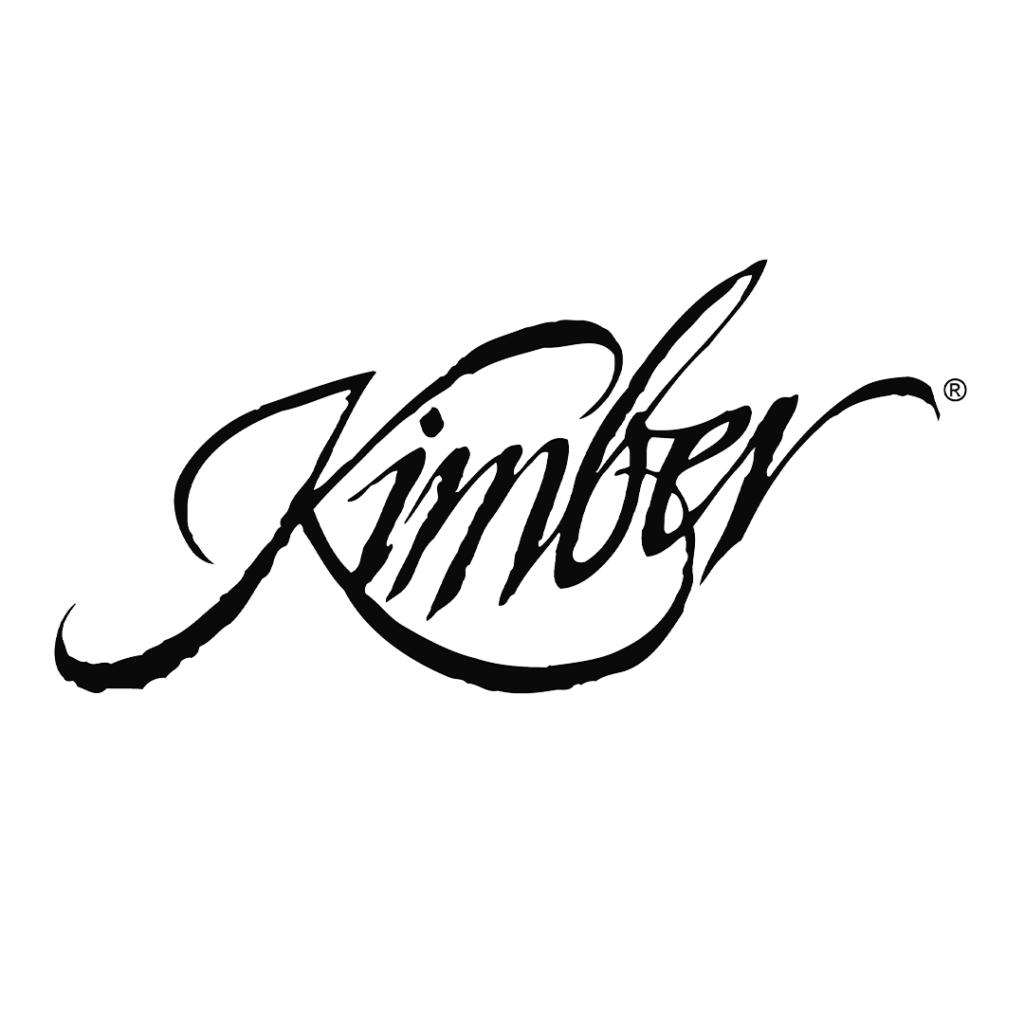I am not a copywriter. However, after many years of creating messaging and being an interstitial between in-house creative, agency teams, and company leadership, I’ve learned many tips and advice on guiding product messaging concepts through feedback rounds to final approval and sign-off.
While you are creating the message, you do not own it.
The messaging answers the problem presented in the brief; it’s compelling, it’s concise. It has enough interplay to tie nicely into a design concept, and it is believable. What could go wrong?
All audiences are subjective, and with marketing and advertising copy, the first audience is internal stakeholders, but they are not the final audience. It’s essential to present the document in a manner that sets a stage and summarizes where the final brief landed. If there isn’t a brief, then the concept methodology and intended audience should be relayed. This step is even more vital if the copy is divorced or developed ahead of creative ideation and design.

Prepare to present.
Take the time to create a presentation of the copy document. While developers love Courier, and accountants love parenthesis, what they both need is a narrative to journey with you on. No need for fancy infographics or design to bring emotion to the copy, but some path to lead them upon helps.
IMAGE: NASGW, October 2011, Leupold Optics Sales Meeting. Author and Creative Marketing Director Lynn Twiss presenting digital strategy to sales rep group and leadership teams.
The Presentation:
01. Basic Typesetting
Use linear and inset hierarchy for your messages. Use bold and italics where necessary. Bring emotion to the words beyond your presence.
02. Summarize The Brief
Engineers, managers, executives, and directors are typically the stakeholders for product messaging, with final approval going to director level and higher. The kick-off and finalization of the messaging brief may have been weeks ago. Their collective mind space has filled with everything but your project. Go back and refresh the challenge and the target audience they should be mindful of as they consume the presentation.
03. Concept Approach
You’ve been busy, but narrow down how you tackled the challenges. While the product is engineered to be simple, it is full of functions that hide complexity. Were there any insights you discovered, where did you draw inspiration? Guide them to our outcome.
04. Save The Best For Last
Never present a flawed concept, but only ideas that meet the brief and challenge fully. If there is no brief, never present only one concept, bring two fleshed out ideations.
Be present when presenting.
You:
Another piece to the presentation’s acceptance is how you act in the room. Exude confidence, but leave ego out of the room. Not everyone knows how to articulate constructive feedback, and ego will quickly turn a fresh beginning into a defensive battle.
Be enthusiastic and positive; share the subtleties in the work which may not be apparent or written into the deck.
Stakeholders:
Remember that like you aren’t a product engineer or director, they are not marketers, and their feedback may use confusing terms to you but have deep meaning to them.
An example of this is when a stakeholder says, “make it more badass.” There isn’t a “badass check” toolbox in Word; maybe, they do not feel an emotional connection or outcome to the copy. Use the time to narrow in on their intentions.
Constructive feedback is a skill unto its own and is skill-specific. Keep that in mind as you navigate the work-in-progress ahead.
Psychology and politics present in all forms as the concepts go through revisions or honing.
Remember to stay open-minded, but never lose sight of the challenge and audience and always bring feedback. People become married to concepts and can grow to close to them.
If their idea improves the text, incorporate it. If it does not, explain why and be prepared to concede or find compromises. Compromising tends to strip conciseness in service of completeness. Remind them that this isn’t a white paper or sell sheet, but a product message intended to lure and attract the target audience.
The challenges to getting product messaging approval vary from business to business and industry to industry, but keeping everyone contextualized to the problem being solved is universal to success.

VITAL PERSONA:
Lynn Twiss
Creative Marketing & Brand Director
Lynn Twiss is a self-starting and driven creative marketing and advertising director with experience in lifestyle, manufacturing, corporate, and agency environments.
A 28-year career in elevating brands through global-scale campaign strategies involving creative team leadership, strategic planning, digital/eCommerce management, earned and paid media (social, digital, programmatic, print, radio, television, outdoor), SEM/SEO, communications, partnerships, promotions, qualitative and quantitative development, and synthesis.
Brands












